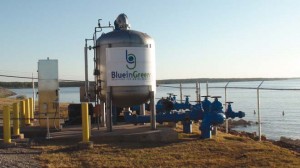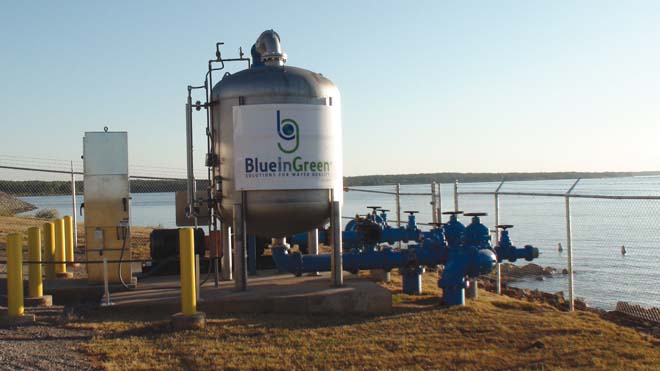BlueInGreen was co-founded in 2004 by two faculty members in the department of biological engineering: Marty Matlock and Scott Osborn. This company provides innovative products for improving and maintaining water quality.
BlueInGreen’s SDOX system is an important new tool for delivering dissolved oxygen to a body of water, a key factor in restoring and maintaining healthy aquatic ecosystems. The SDOX system is capable of treating bodies of water that could not previously be effectively treated, such as rivers, and it has a smaller footprint than conventional aeration, allowing greater flexibility in treatment options.
In 2010, BlueInGreen received funding through the Rapid Response Program at the National Science Foundation to deploy SDOX technology in bays and estuaries that have been contaminated from the Horizon Oil Spill. The SDOX efficiently delivered dissolved oxygen to critical locations to support the habitat of oysters and help the vital fishing industry recover.
The SDOX system has been installed at the Noland Wastewater Treatment Facility in Fayetteville since 2008. Partly based on data from this installation, BlueInGreen received the 2010 Innovative Technology Award from the Water Environment Federation, an international not-for-profit technical and educational water quality organization.

BlueInGreen, in partnership with the Oklahoma Water Resources Board and the Central Oklahoma Master Conservancy District, installed an SDOX system on Lake Thunderbird in Oklahoma, which serves as both a drinking water source and a recreational destination for residents in the Oklahoma City metropolitan area. The lake has suffered from low dissolved oxygen levels because of an increase of nutrients flowing into the lake over the past several years.

